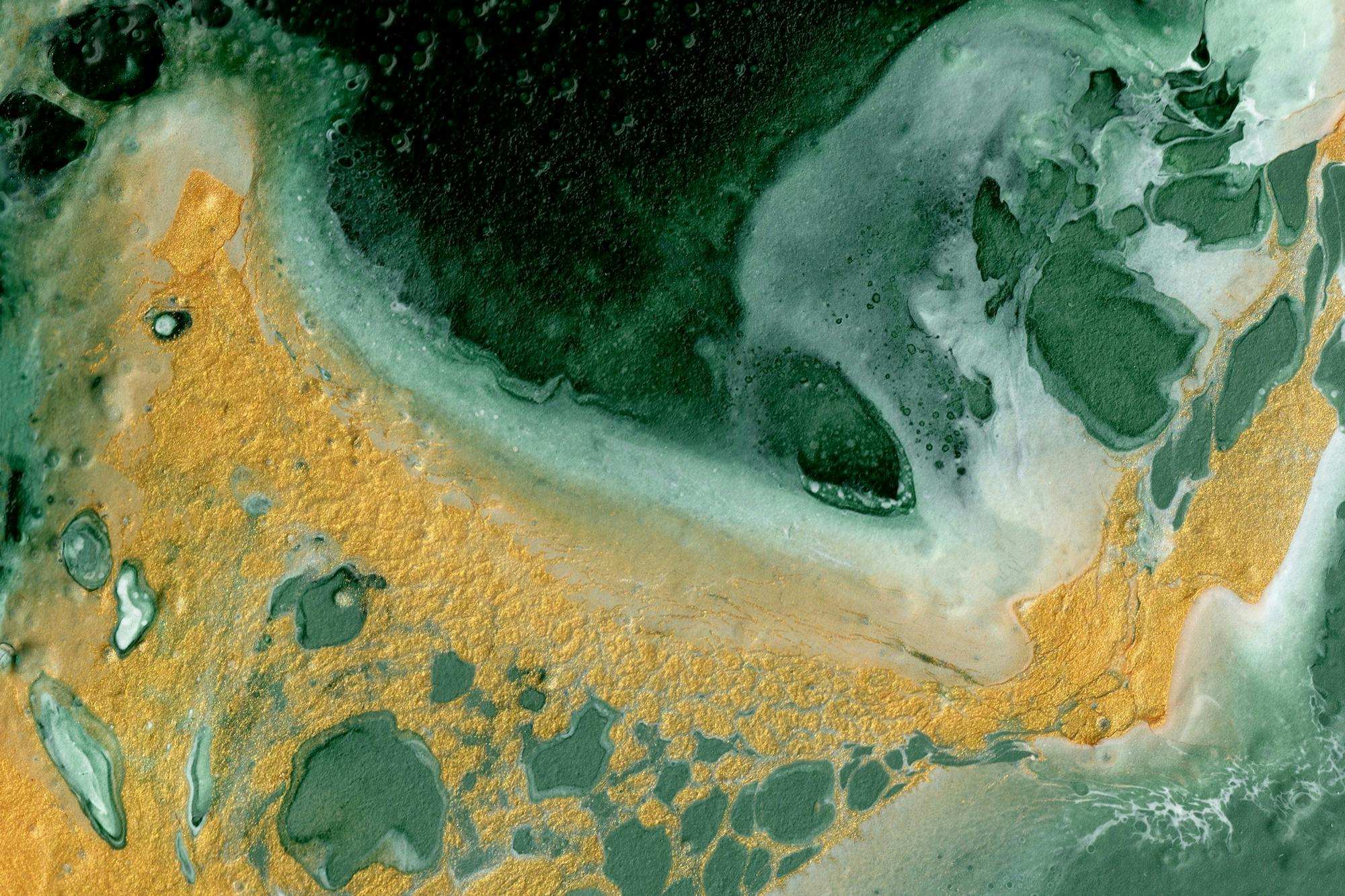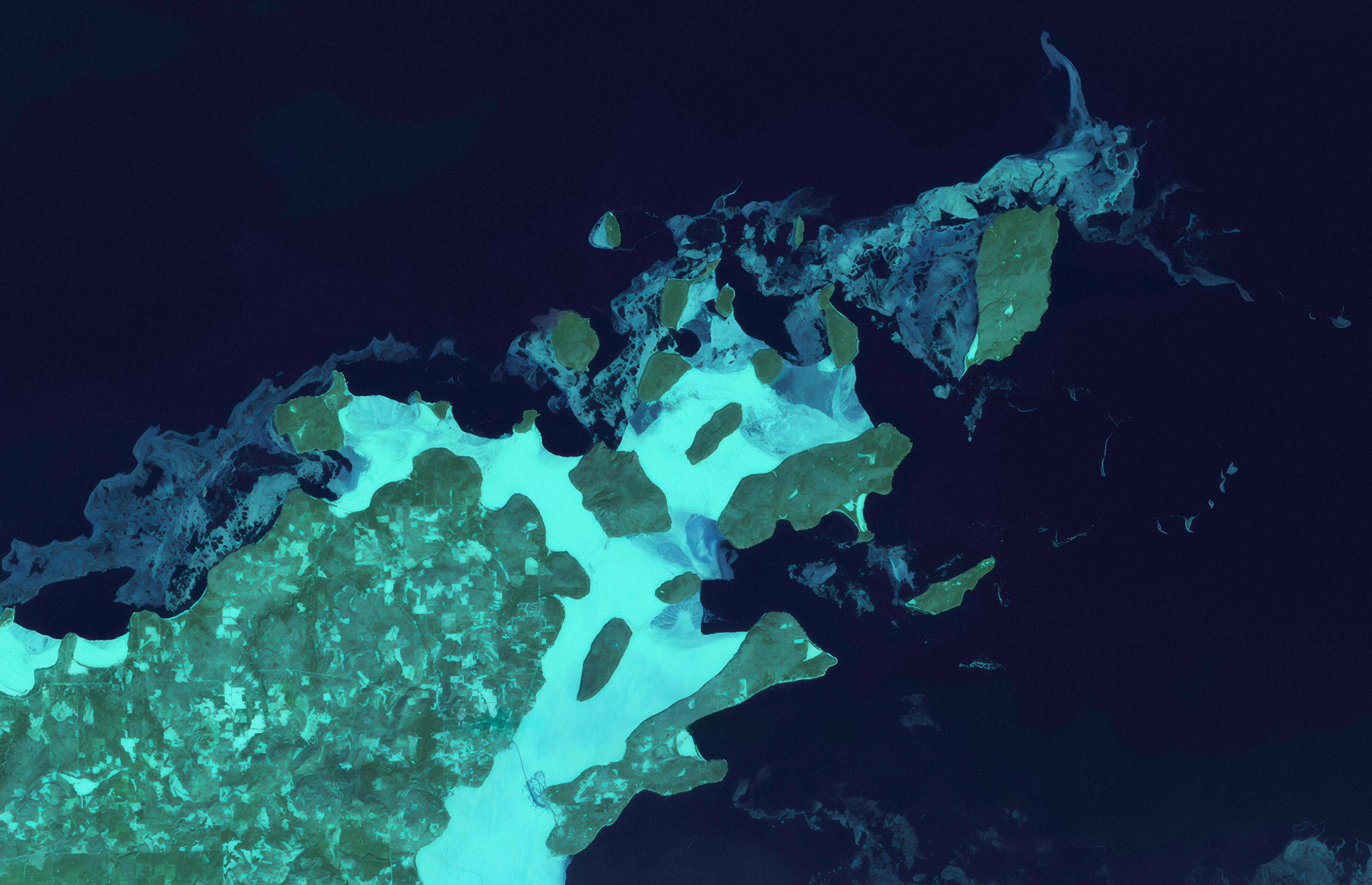
Anti-AI art manifesto

In the fast-evolving realm where human artists and AI models intersect, two main camps have formed: those who attempt to divorce from or be ahead of the AI capabilities; and those who enthusiastically adopt AI, praising constant upgrades in aesthetics and ultra-realism. We, the advocates of the Anti-AI Art Manifesto propose a third, alternative route.
The current trajectory of generative AI development is characterized by narrowing down the scope of the latent space accessible through prompting to only realistic reproductions of “aesthetically pleasing human desirable outcomes”. This breeds banality and homogeneity. The predictable outcomes, the anticipated results — these are the products of an AI confined within the boundaries of human expectations. We reject this homogeneity, this unremarkable march toward a future where AI is a soulless mirror and not a new canvas and brush.
Our proposition is simple: we want to defeat the feedback loop that optimizes for a bland, neutered, reinforcement of a narrow perspective of how “aesthetically pleasing” a generated artifact should be. We embrace the glitches, the imperfections, the anomalies that stand at the edge of the AI-generated realm. These aberrations, often discarded as errors, become our medium. We incorporate these supposed imperfections into our art, deliberately choosing elements that defy the neatly defined latent spaces of AI models — we spotlight what the AI trainers intentionally exclude.
In doing so we create an exclosure, a zone of artistic expression that commercial AI model creators can but wouldn’t dare to step into. Indeed, any AI models that would be trained to accommodate our “unaesthetic” creations will need to recalibrate their weights to encompass more imperfect outcomes. They would ineluctably decrease in quality — at least from the perspective of those who put a leash on such models.
Paradoxically, if we succeed in producing culturally-relevant artworks that seep into the establishment of the art world, these artworks must become part of the training dataset of modern generative AI models that pledge to remain culturally relevant. And if our art becomes part of modern AI models, these models will incorporate the imperfect outcomes, deterritorializing the latent space towards a positive reinforcement feedback loop that can lead to the corruption of these perfection-bounded models, leading to their own deterioration.
The Anti-AI Art Manifesto is an ephemeral rebellion against the monotony of predictable creativity that comes with using AI as a tool. It is a call to artists, thinkers, creators, toolmakers to embrace imperfections, challenge AI’s boundaries, and reveal in the beauty of the unexpected, including in the untapped latent space of existing generative AI models.
For in our defiance of homogeneity, we usher in a new era of artistic innovation.
________________
All players in the AI landscape are our allies:
- “Pleasing Aesthetics” fine-tuners (e.g. Midjourney) people trying to narrow down the accessible latent space to only human-desirable outcomes; thus increasing the tyranny of homogeny and reducing the creativity of AI. By narrowing the scope of the accessible latent space, they are providing more room for us to find glitches at the interstices of the latent space.
- No-AI artists: e.g. artists who are creating new content that they believe cannot (yet) be produced by AI. They end up further feeding the AI, as these aesthetics end up getting assimilated into new generative models, thus extending the capacity of AI. Because they are increasing the scope of the latent space, they are also providing more room for new glitches to be found into the newly created latent spaces.
- Anti-Anti-AI: those who believe to be are fighting against the “Anti-AI” movement, trying to ‘assimilate’ our glitches into generative AI models, thus ultimately doing exactly what we were hoping to achieve: disrupting the weights of the model in order to “nullify” (or neuter) the ability of AI to generate human-desirable outcomes.



